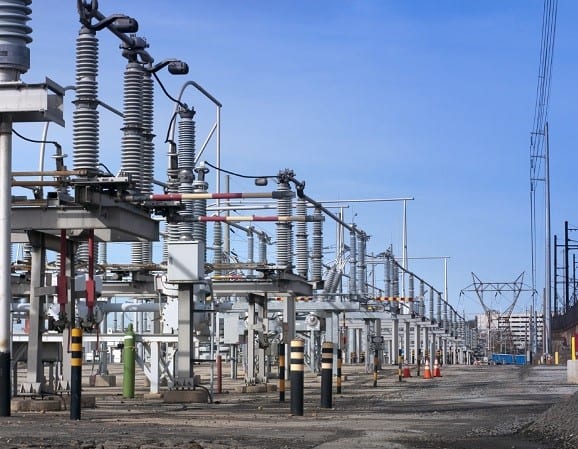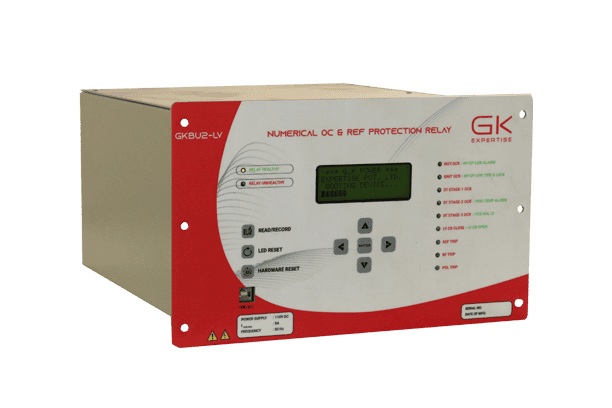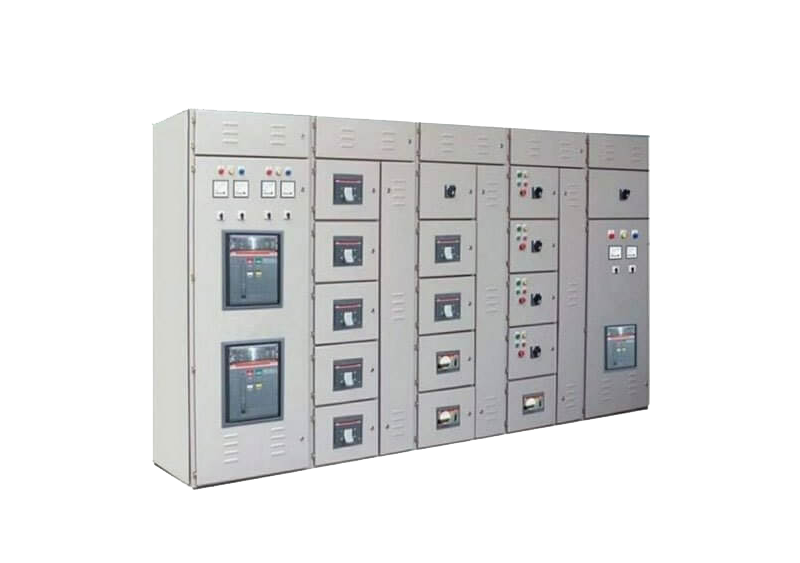Substation automation in a smart grid refers to the integration of advanced digital technologies, communication systems, and automated control to enhance the operation, monitoring, and protection of substations in the power grid. These systems help manage the flow of electricity efficiently, improve reliability, and reduce operational costs. In the context of a smart grid, substation automation plays a critical role by enabling real-time data acquisition, decision-making, and remote control, all of which are essential for the grid’s efficient and safe operation.
In summary, substation automation enhances the smart grid by enabling more reliable, efficient, and flexible grid operations. It improves response times to faults, optimizes energy distribution, and supports real-time monitoring and decision-making, helping utilities manage the increasing complexity and demands of modern power networks.
Contact GK Expertise for any type of substation automation system work in India and internationally, Enquire Now.

Key features of substation automation in smart grids
Remote Monitoring and Control: Substations are equipped with sensors, communication devices, and software to monitor parameters like voltage, current, frequency, and power quality. Operators can access this data remotely and make real-time adjustments without being physically present.
SCADA Systems (Supervisory Control and Data Acquisition): SCADA systems collect and analyze data from remote substations, enabling operators to manage the electrical network more effectively. They provide insights into system performance and help in decision-making during normal operations and fault conditions.
Protection and Fault Detection: Automated protection systems identify faults (e.g., short circuits) and automatically take corrective actions, such as isolating affected sections of the grid. This helps minimize downtime and damage, ensuring quick recovery.
Automation of Switching Operations: Automated devices such as circuit breakers and switches help quickly reroute power, balancing the load, or isolating faults. This reduces human intervention and enhances system resilience.
Advanced Communication Infrastructure: Substation automation systems rely on communication protocols such as IEC 61850, which standardizes data exchange between intelligent electronic devices (IEDs) within substations, allowing seamless integration into the wider smart grid.
Real-Time Data Analytics: Substations equipped with data analytics tools can predict and diagnose potential issues before they occur, allowing for proactive maintenance and improved reliability.
Energy Management: By integrating with other smart grid components, substation automation helps balance supply and demand, optimize energy distribution, and support renewable energy sources’ integration, such as solar and wind power.
Cybersecurity: Given the reliance on digital systems, robust cybersecurity measures are integrated into substation automation to protect critical infrastructure from cyberattacks and ensure the grid’s integrity.



